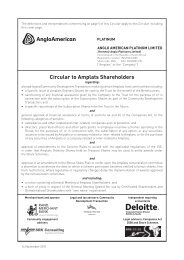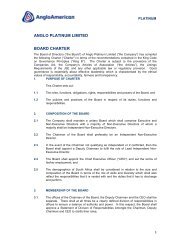Download PDF - Anglo American Platinum
Download PDF - Anglo American Platinum
Download PDF - Anglo American Platinum
You also want an ePaper? Increase the reach of your titles
YUMPU automatically turns print PDFs into web optimized ePapers that Google loves.
TOPIC 33 Identifying Affected People, AssessingEligibility and Establishing a Cut-off Date3.1 WHAT THE IFC REQUIRES• Undertake socio-economic census and valuation of assets: IFC Performance Standard 5requires that in developing a resettlement plan, the project will carry out a census with appropriatesocio-economic data to identify the persons who will be displaced by the project, to determinewho will be eligible for compensation and assistance, and to discourage inflow of people who areineligible for these benefits, (PS 5, Section 11).• Cut off date to be established, documented and communicated: The date of completion of thecensus (see above) and associated assets inventory represents a cut-off date for the resettlement.In the absence of host Government procedures, the client will establish a cut-off date for eligibility.Individuals taking up residence in the project area after the cut-off date are not eligible forcompensation or resettlement assistance provided that notification of the cut-off date is welldocumented and disseminated, (PS 5, Section 11).• Establish entitlements for all categories of affected people (with particular attention tovulnerable groups): IFC Performance Standard 5 states that a resettlement plan shall ‘establishthe entitlements of all categories of affected persons (including host communities), with particularattention paid to the needs of the poor and the vulnerable,’ (PS 5, Section 12).3.2 SUMMARY FINDINGS AND ANALYSIS3.2.1 Identification of People to Be Displaced by ResettlementTypically in a resettlement process, a socio-economic census or survey is carried out to identify who will beresettled, and to determine who is eligible for compensation and assistance. The completion of this censuscoincides with the cut-off date for the identification of affected residents, and anyone who moves into theproject area after this date, is not considered eligible.According to AP, the identification of affected residents was in fact carried out by the communities of GaPuka and Ga Sekhaolelo, who through the MTA, identified themselves to AP. The implication is thereforethat a formal census to identify affected residents was not considered to be necessary. AP also carried outan aerial survey to assist with the conceptual understanding of the settlement layout and identification ofnumber of households affected.Any errors (in terms of number of affected households) that may have existed on the MTA list, and whichmight not have been picked up during the aerial survey, are likely to have been picked up during the twohousehold audits (May and September 2002) and EIA process (and associated socio-economic surveyin 2002) that subsequently took place. As previously discussed, the second audit was to allow for theinclusion of the additional structures that had been erected by a group of young people, as well as toverify the accuracy of the first audit. Following the second audit, there has been no contestation of thesefigures. Table 3.1 provides a list of all assets audited in Ga Puka and Ga Sekhaolelo.9


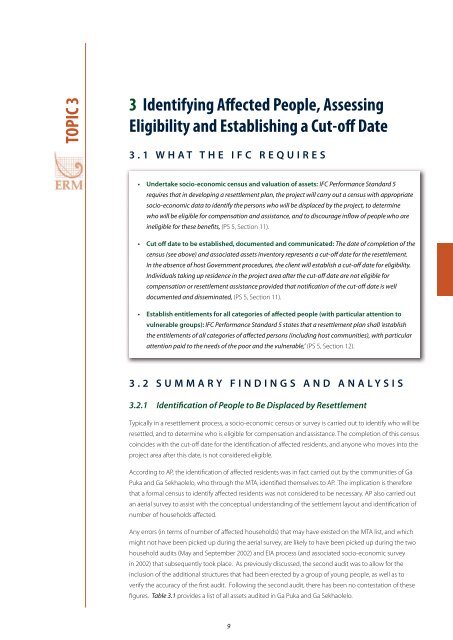


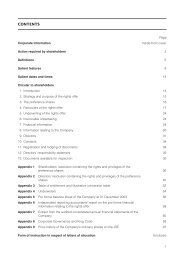

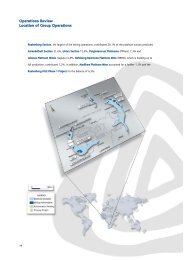



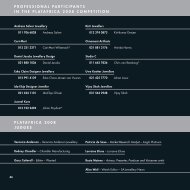
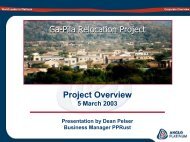

![[PDF] Mogalakwena Mine - Anglo Platinum](https://img.yumpu.com/43065142/1/184x260/pdf-mogalakwena-mine-anglo-platinum.jpg?quality=85)
